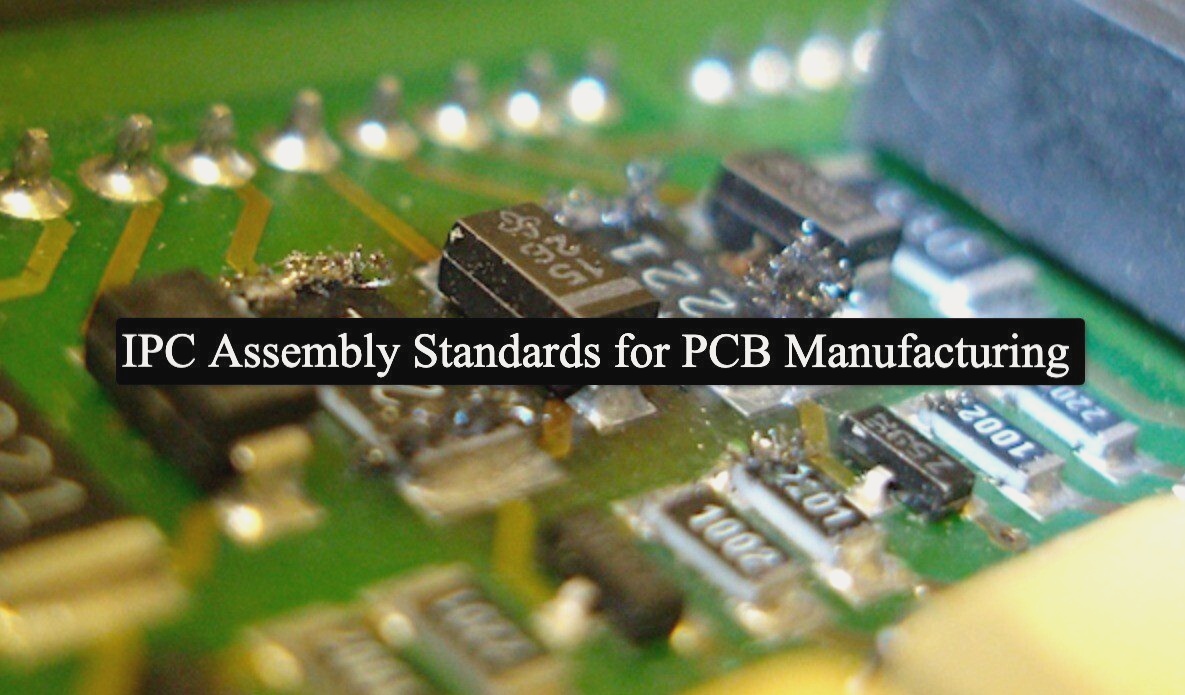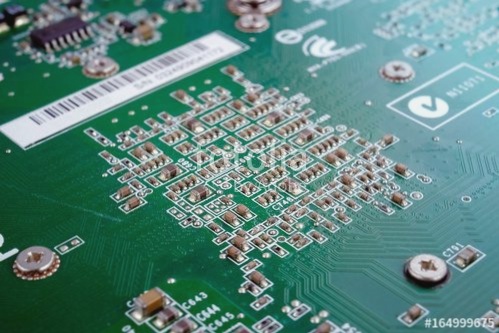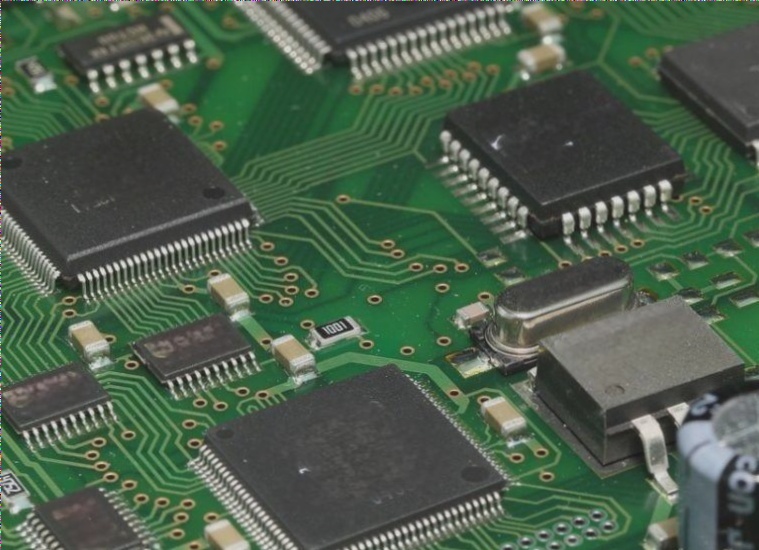Circuit Board Drills: Essential Tools for PCB Fabrication
Introduction
Circuit board drills play a crucial role in the fabrication of printed circuit boards (PCBs). These specialized drills are designed to create precise holes in PCBs, allowing for the installation of components and customization for specific systems.
Key Features of Circuit Board Drills
- Precision Drilling: Circuit board drills are optimized for accuracy and consistency, ensuring that holes are drilled with high precision.
- Material Compatibility: These drills are suitable for a wide range of materials, including PCB substrates and copper layers.
- Specialized Design: Circuit board drills are typically made of tungsten for durability and are available in various sizes to meet different drilling requirements.
Usage in PCB Manufacturing
PCB drills are essential tools in PCB manufacturing, where they account for a significant portion of the production cost. These drills are made of high-quality hard alloy materials and offer exceptional characteristics such as rigidity, hole position accuracy, and long service life.
Types of Circuit Board Drills
There are several types of circuit board drills, including straight shank drills, fixed shank drills, and spade drills. Manufacturers often use CNC drilling machines with fixed shank drill bits made of hard alloy for automatic and high-precision drilling.
Characteristics of PCB Drills
- Efficient Chip Removal: PCB drills have a large chip removal space, reducing heat generation and drilling pollution.
- Sharp Cutting Edge: Advanced grinding processes result in sharper cutting edges, reducing breakage rates and improving hole wall quality.
- Customized Design: PCB drills are designed to meet various application needs, with parameters carefully tailored for effectiveness.
- Symmetrical Cutting Edge: Symmetrical cutting edges ensure efficient cutting and prevent drilling deviation.
Difference Between Circuit Board Drills and Regular Drills
While circuit board drills are designed for precise drilling in PCBs, regular drills, such as Fried Dough Twists drills, are used for larger diameters and different materials. Circuit board drills offer specialized features for PCB fabrication, ensuring high precision and quality.

Comparison between PCB Drills and Fried Dough Twists Drills
- Shapes: PCB drills are slender, cylindrical, or conical, ideal for high-speed and high-precision drilling. Fried Dough Twists drills, on the other hand, are coarse, short, and spiral-shaped, suitable for deep hole machining and rough processing.
- Purposes: PCB drills are primarily used for drilling and conducting to connect various circuits, while Fried Dough Twists drills are used for creating threaded holes, assembly holes, and through holes.
- Processing Methods: PCB drills employ high-speed rotary processing for precision, whereas Fried Dough Twists drills utilize a combination of rotation and feed for efficient drilling with high speed and precision.
The Role of PCB Drills
PCB drills are designed to create precise holes in fiberglass-printed circuit boards, plastics, and laminates. These micro drills prioritize drilling accuracy, even under high temperatures and wear. Despite the challenging conditions, PCB drills offer the necessary rigidity and extended tool life. Typically, the diameter of PCB drills matches the shank diameter to ensure smooth and burr-free performance.




